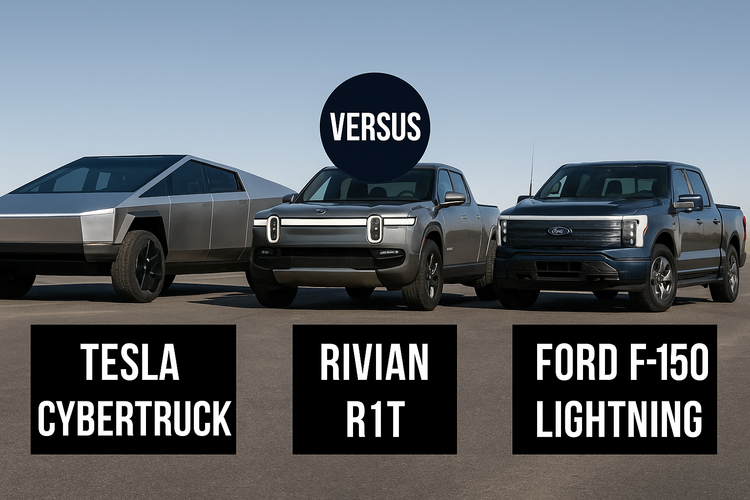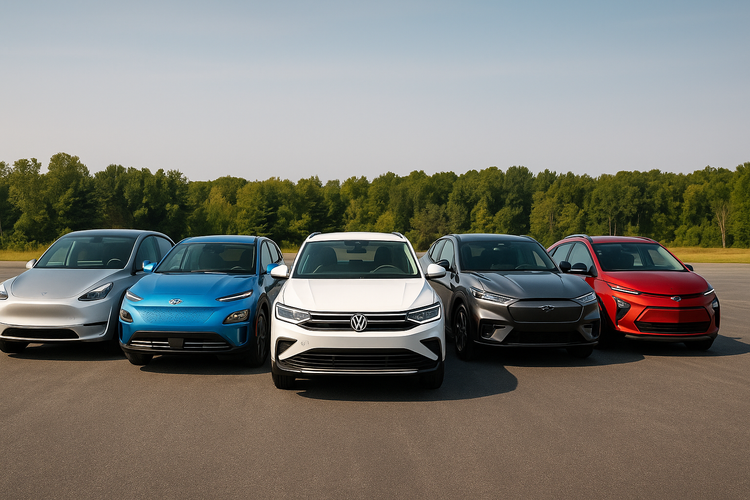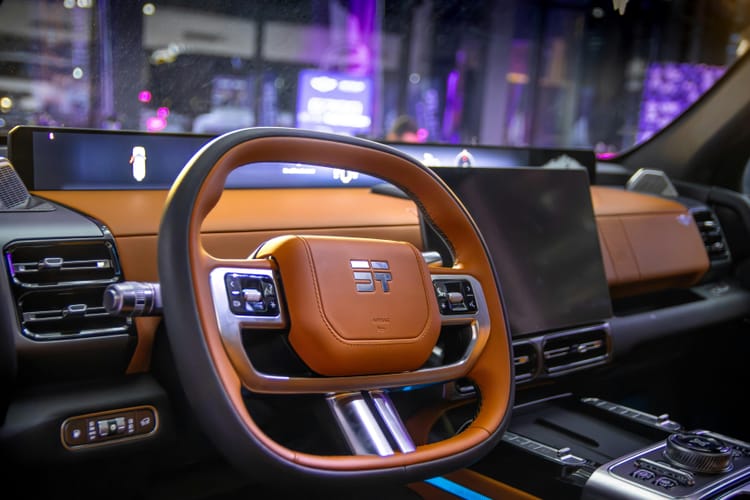Hydrogen Cars in 2025: Progress, Challenges and the Road Ahead

Hydrogen fuel‑cell vehicles (FCVs) promise zero tail‑pipe emissions and refueling times comparable to filling a gasoline tank. They generate electricity by combining hydrogen stored in a high‑pressure tank with oxygen from the air, with water vapor as the only by‑product. This technology offers the eco‑friendliness of electric vehicles without long charging times or heavy batteries. Major automakers like Toyota, Honda and Hyundai have invested in FCVs. But in 2025, hydrogen cars remain a niche market. This article examines their current state, advantages, challenges and future prospects.
Current models and availability
Only a handful of hydrogen vehicles are available to consumers. The Toyota Mirai, a mid‑size sedan, is the most notable FCV on sale. Hyundai’s Nexo, a compact SUV, is another. Honda discontinued the Clarity Fuel Cell sedan in 2021 and is preparing a new hydrogen version of the CR‑V SUV for 2025. These vehicles are primarily leased or sold in regions with hydrogen refueling infrastructure, such as California, parts of Europe and Japan. To illustrate how niche this market is, only around 17,000 hydrogen cars were on U.S. roads by mid‑2022, and all were in California.
Infrastructure hurdles
Hydrogen infrastructure is sparse compared with electric charging or gasoline stations. California has roughly 60‑70 hydrogen stations and aims to expand to over 100 in coming years. Germany has about 100 stations and Japan more than 150. The limited network creates a classic chicken‑and‑egg problem: consumers hesitate to buy hydrogen cars because refueling options are scarce, and companies are reluctant to build stations without enough customers. As a result, hydrogen drivers must carefully plan refueling stops, and cross‑country road trips remain impractical. Governments are providing subsidies for station development, but progress has been slow.
Advantages: where hydrogen shines
Despite infrastructure challenges, hydrogen technology has clear benefits. Refueling an FCV takes 3‑5 minutes and yields a driving range of 300+ miles, offering convenience similar to gasoline vehicles. Fuel‑cell vehicles avoid the weight penalty of large battery packs, making them attractive for heavy commercial vehicles or applications requiring continuous operation. FCVs also perform well in cold weather, whereas battery performance can drop in freezing temperatures. Hydrogen fuel can be produced from renewable sources via electrolysis, enabling a very clean energy cycle when green hydrogen is used. Hydrogen also serves as an energy storage medium, allowing surplus renewable energy to be stored and used later for transportation or electricity generation.
Recent developments and future prospects
Automakers continue to explore hydrogen vehicles, albeit cautiously. Honda’s upcoming CR‑V e:FCEV is a plug‑in fuel‑cell hybrid that combines a battery (providing roughly 30 miles of EV range) with a hydrogen fuel cell for extended range. Toyota is refining its Mirai and investing in fuel‑cell modules for heavy‑duty trucks. Hyundai is updating the Nexo and has trialed fuel‑cell semi‑trucks in Switzerland. California aims to build 100 retail hydrogen stations and put 50,000 fuel‑cell vehicles on its roads in the coming years, while the European Union’s hydrogen strategy envisions thousands of hydrogen trucks and a broad network of refueling stations. These initiatives indicate that policymakers and industry leaders see hydrogen as part of a diverse clean‑transportation future, though growth remains slow.
Conclusion: still a long shot?
In 2025, hydrogen cars remain a niche solution. Their fast refueling and long range make them appealing for commercial vehicles, heavy trucks and drivers in regions with established hydrogen infrastructure. However, limited refueling stations, high vehicle costs and the dominance of battery electric vehicles hinder widespread adoption. Continued investment in infrastructure, green hydrogen production and innovative models like plug‑in fuel‑cell hybrids will determine whether hydrogen finds a larger role in the future transportation mix. For now, hydrogen cars are an intriguing technology to watch but not yet a mainstream option.


